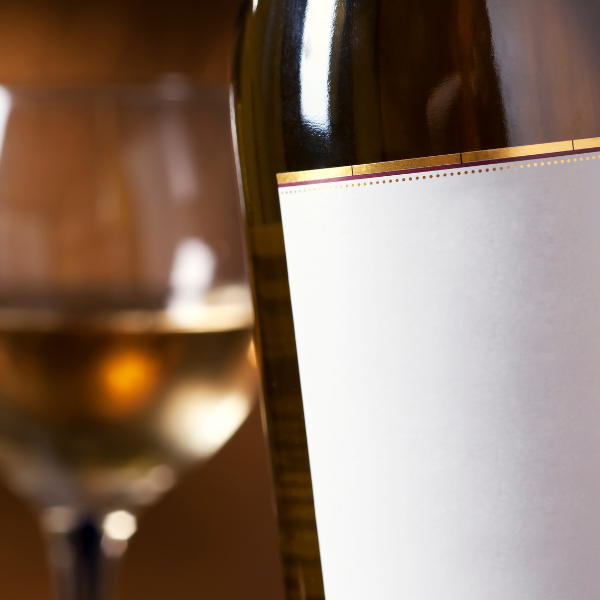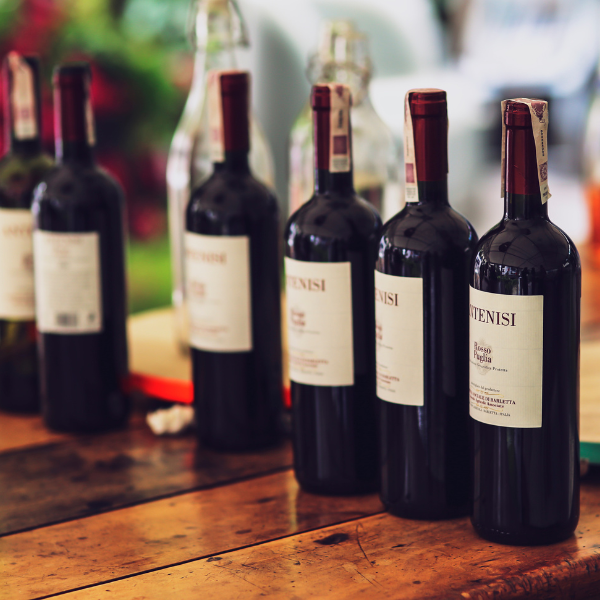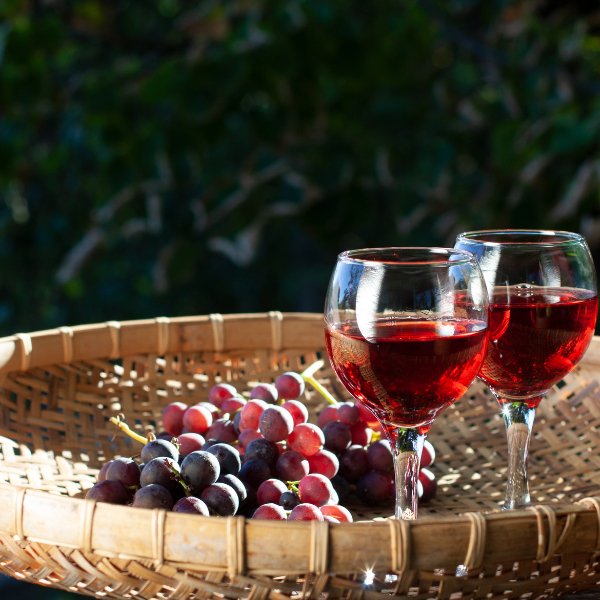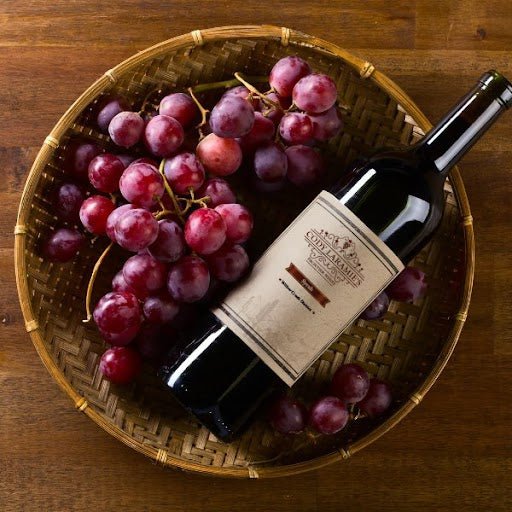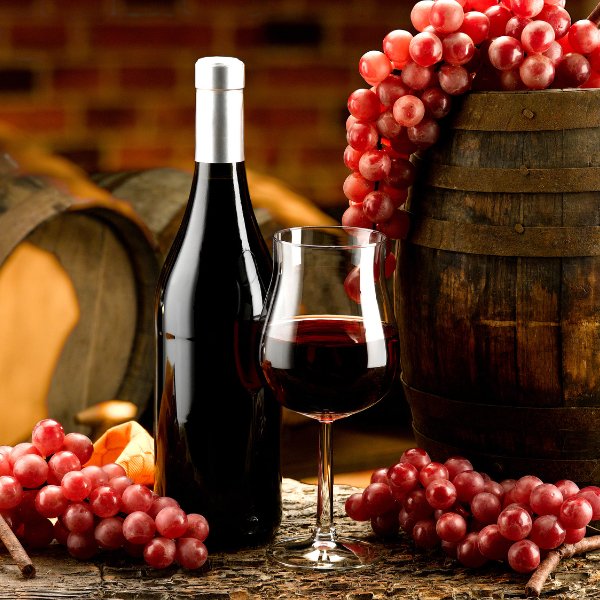
Current Trends in Beer Label Design
Modern beer label designs are embracing minimalism, with clean lines and uncluttered layouts that focus on essential information. Bold typography and vibrant colors are used to capture attention and convey the beer's character. Additionally, vintage and retro aesthetics are making a comeback, appealing to consumers' sense of nostalgia and authenticity.
Sustainable and Eco-Friendly Labels
As environmental concerns grow, breweries are adopting sustainable practices in their packaging. This includes using biodegradable materials, recyclable packaging, and eco-friendly inks. Such initiatives not only reduce environmental impact but also resonate with environmentally conscious consumers.
Interactive and Smart Labels
Artistic and Handcrafted Elements
Incorporating hand-drawn illustrations and custom typography adds a personal touch to beer labels. These artistic elements can convey the craftsmanship behind the beer and create a unique visual identity. Collaborating with local artists can also infuse regional character into the design, strengthening the brand's connection with its community.
Limited Edition and Collectible Labels
Creating limited edition or collectible labels can generate excitement and exclusivity around a beer release. These special designs encourage consumers to purchase and share the product, often leading to increased brand visibility. Collectible labels can also become memorabilia, fostering brand loyalty among enthusiasts.
Storytelling Through Label Design
A compelling narrative can be a powerful tool in label design. Sharing the brewery's history, the inspiration behind a beer, or the journey of its creation can create an emotional connection with consumers. Effective storytelling through visuals and text can differentiate a brand and foster a deeper appreciation for the product.
Regulatory Compliance and Legal Considerations
Technological Innovations in Label Printing
Custom Shapes and Sizes
Incorporating Local Culture and Heritage
Integrating elements of local culture and heritage into label design can strengthen a brand's identity and appeal to regional pride. This might involve using traditional motifs, local languages, or imagery that reflects the area's history and values. Such designs can resonate deeply with local consumers and differentiate the brand in broader markets.
Collaborations with Artists and Designers
Partnering with talented artists and designers is a creative strategy that yields visually striking and unique beer labels. These collaborations can introduce new artistic perspectives and techniques into the branding process. Breweries often benefit from the credibility and following of the artist, which can lead to increased brand awareness and a broader audience.
Such collaborations can also lead to thematic series or seasonal collections, which keep consumers engaged and excited about what’s next. For example, featuring artwork from different artists for each beer variety can turn product packaging into collectible items, blending art with commerce seamlessly.
Utilizing Consumer Feedback in Design
Modern branding thrives on community engagement, and this applies to custom beer label design too. Breweries can harness consumer feedback through surveys, social media polls, and beta testing of label concepts. This interactive approach not only builds stronger customer relationships but also ensures that the final design resonates with the target market.
Crowdsourcing ideas or hosting design competitions are other ways to involve the audience, fostering brand loyalty and creating a sense of ownership among customers. When consumers see their input reflected in the final product, it enhances emotional investment in the brand.
Case Studies of Successful Beer Label Designs
To illustrate the impact of innovative beer label design, let’s examine a few successful case studies:
Dogfish Head Craft Brewery: Known for its bold and quirky label art, Dogfish Head consistently uses hand-drawn designs that reflect the experimental nature of its brews. These visuals mirror the brand's identity and stand out on shelves.
Mikkeller: This Danish brewery is famous for its collaboration with artist Keith Shore, whose cartoonish, minimalist illustrations have become iconic. The consistent yet distinctive style makes their beers instantly recognizable worldwide.
Beavertown Brewery: Their sci-fi inspired, graphic-novel-style labels have garnered a cult following. The artwork creates a universe around the brand, encouraging storytelling and fan engagement.
Each of these breweries demonstrates how creative label design, aligned with brand values and aesthetics, can contribute significantly to market success.
Future Outlook for Beer Label Design
As technology and consumer preferences evolve, the future of beer label design looks both exciting and challenging. We can anticipate more integration of smart packaging—like NFC (Near Field Communication) and AR (Augmented Reality)—to deliver richer digital experiences. Personalized labels, made possible by variable data printing, are also likely to become more common.
Sustainability will remain a driving force, pushing innovation in eco-friendly materials and production processes. Moreover, as global markets grow more competitive, brands will need to fine-tune their labels not just for aesthetics, but also for cultural relevance and compliance across regions.
In today’s competitive craft beer industry, innovative approaches to custom beer labels are essential for standing out. From integrating sustainable materials and interactive technology to embracing artistic collaborations and consumer feedback, there's a vast creative landscape waiting to be explored. Breweries that invest in thoughtful, strategic label design not only enhance their visual identity but also foster deeper connections with consumers.
By staying informed on trends, leveraging technology, and honoring brand values, your custom beer labels can become powerful tools in your marketing arsenal. Whether you're a small craft brewery or an established name, embracing innovation in your packaging is a surefire way to elevate your brand in 2025 and beyond.


